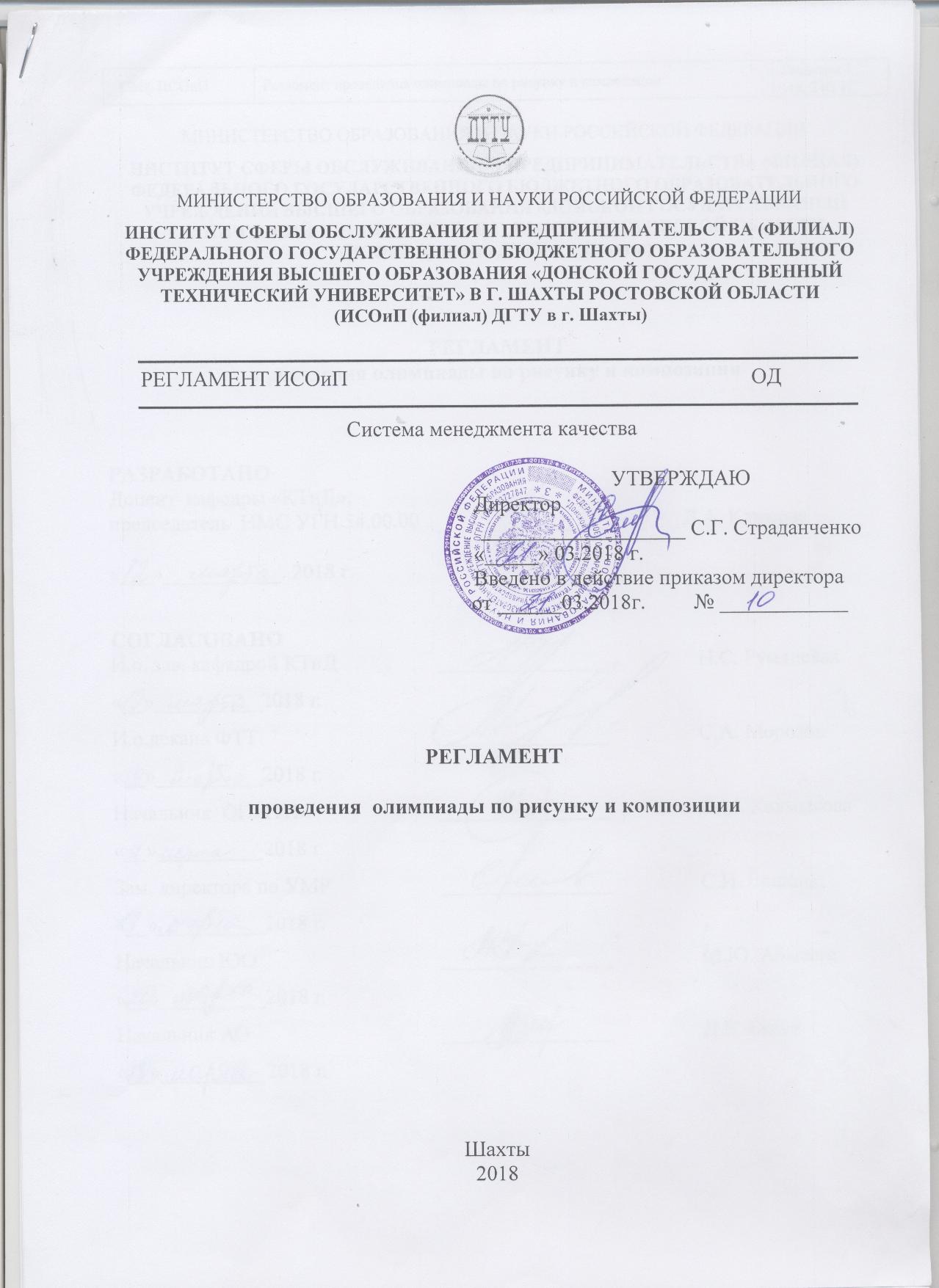LESSON ELEMENT UNIT 2 EQUALITY DIVERSITY AND RIGHTS
CLASSROOM TESTED LESSON VIDEO DESCRIPTION “SECRETS OF THELESSON PLAN FORMAT FOR ELEMENTARY MIDDLE SCHOOL METHODS
SCIENCE LESSON PLAN IONIC AND COVALENT BODING
Teach Engineering Stem Curriculum Lesson Designing Bridges
UNIT SLAVERY LESSON 25 FREDERICK DOUGLASS (2
013_Spring1_UKS2_Yr5_Lesson_5
Cambridge Technicals Level 3 Health and Social Care U02 Lesson Element 1

Lesson Element
Unit 2: Equality, diversity and rights in health and social care
LO1: Understand concepts of equality, diversity and rights and how these are applied in the context of health, social care and child care environments
How fair is Britain?
Instructions and answers for tutors
These instructions cover the learner activity section which can be found on page 5. This Lesson Element supports Cambridge Technicals Level 3 in Health and Social Care.
When distributing the activity section to the learners either as a printed copy or as a Word file you will need to remove the tutor instructions section.
The activity
This lesson element aims to develop learners’ understanding of the links between equality, diversity and rights and the implications of this for health and social care.
Learners could read a report by the Equality and Human Rights Commission which highlights the groups who are not receiving equal treatment and equal opportunities in Britain today. http://www.equalityhumanrights.com/sites/default/files/documents/triennial_review/easyread_how_fair_is_britain.pdf
The easy read summary of the report is sufficiently detailed to allow learners to develop an understanding of the relevance of equality, diversity and rights to health and social care. Many of the inequalities that exist are in the field of health, or are experienced by people who receive support from social care professionals.
When learners have had an opportunity to share and refine the information they have regarding which groups are experiencing inequality they can build on the information by adding which human right is being denied. Learners could match each right to the incidences of inequality they have identified in the report. They could then reflect on the potential implications for health and social care services.
Learners will need to be given opportunities to find out more about how health and social care professionals support equality, diversity and rights in connection to the inequalities that exist today. They could do this as part of work experience opportunities, through guest speakers coming to talk to them about how they promote equality and diversity in their role or through their own internet research, e.g. by using practice guidelines.
Suggested timings
Activity 1: 30 minutes
Activity 2: 30 minutes
Activity 3: 1 hour
Activity 4: 1 hour
WORK – This activity offers an opportunity for
work experience.
ABC – This activity offers an opportunity for English
skills development.
Activity 1
Provide learners with the report ‘How fair is Britain?’ and ask them to read it and summarise the information the report contains about:
Who is experiencing inequality?
How are they discriminated against?
Activity 2
Ask learners to tabulate their answers in a way that makes it clear who is being discriminated against and how.
Example answer:
|
Who is experiencing inequality? |
What is the impact? |
|
Ethnic groups |
Babies from some ethnic groups are more likely to die before the age of one. Black people are more likely to be stopped and searched by the police than are other groups. Higher numbers are in prison. Pakistani and Bangladeshi and Muslim communities are less healthy than other groups. Black learners get lower marks than white learners. Muslim women and young Muslim and young black people find it harder to get work. |
|
Men |
Do not live as long as women. |
|
Boys |
Are doing less well at school than girls. |
|
Women |
Are more likely to be raped or attacked. Are more qualified but earn less money than men. |
|
People with disability, people who have a different religion or people who are LGBT |
Are more likely to be attacked. |
|
People with learning disability |
Feel the police don’t believe them when they report a crime. |
|
People with a disability |
Find it difficult to get work. |
|
Learners with a disability |
Are not doing as well at school as those without a disability. |
Activity 3
Tutors could explain that these inequalities are a breach of these individuals’ human rights. Learners could match particular human rights to the incidences of inequality reported by the Equality and Human Rights Commission. This should make clear to learners that the discrimination experienced is unlawful.
Tutors could use the guidance explanation of each of the 15 rights on the Equality and Human Rights Commission website www.equalityhumanrights.com/your-rights/human-rights/what-are-human-rights/human-rights-act as a resource to develop learners’ understanding.
Learners could develop their information into a mind map or build on the existing table to add how human rights have been breached.
Activity 4
Learners could brainstorm, in groups, the potential health and social care services that could be involved with the groups identified. They should consider how health and social care professionals might promote equality, diversity and rights in their work.
Guest speakers and work placements would give learners the best opportunity to understand how equality and diversity are promoted in practice. Ask learners to investigate how the groups experiencing inequality are supported by the professionals they come into contact with.
Learners could collate the information from the lesson element into a presentation to demonstrate they have met the learning outcome.

Lesson Element
Unit 2: Equality, diversity and rights in health and social care
LO1: Understand concepts of equality, diversity and rights and how these are applied in the context of health, social care and child care environments
Learner Activity
How fair is Britain?
This lesson element aims to develop your understanding of the links between equality, diversity and rights and the implications of this for health and social care.
You must read a report by the Equality and Human Rights Commission which highlights the groups who are not receiving equal treatment and equal opportunities in Britain today. You will make notes that summarise who is being discriminated against and how this is leading to inequality for some people in our society.
You will learn about the human rights which everyone is entitled to under UK law. You will identify how the inequalities the report highlights are a breach of people’s human rights.
Health and social care services have a duty to promote equality, diversity and rights. You will be given the opportunity to find out more about how health and social care professionals support equality, diversity and rights in connection to the inequalities that exist today.
Activity 1
Read the report ‘How fair is Britain?’ http://www.equalityhumanrights.com/sites/default/files/documents/triennial_review/easyread_how_fair_is_britain.pdf and summarise the information the report contains about:
Who is experiencing inequality?
How are they discriminated against?
Activity 2
Present your answers in a table so that the information is clear, logically organised and brief.
|
Who is experiencing inequality? |
What is the impact? |
|
Ethnic groups |
Babies from some ethnic groups are more likely to die before the age of one. |
|
|
|
|
|
|
|
|
|
|
|
|
|
|
|
Activity 3
You have been provided with information about the human rights that everyone is entitled to. Identify which human rights may have been breached for the people reported to be experiencing inequality.
You could develop your information into a mind map or build on the existing table to link human rights with inequality.
Activity 4
Brainstorm in a group the potential health and social care services that could be involved with the groups identified as experiencing inequality. Think about and discuss how health and social care professionals might promote equality, diversity and rights in their work. Feed back your ideas to the group.
Investigate how the groups experiencing inequality are supported by the health and social care professionals you come into contact with.
Collate the information from the lesson element into a mind map or presentation to demonstrate you have met the learning outcome.
Version 1
1 EDTPA LESSON PLAN PROFESSIONAL GUIDELINES 72314 REVISED 8417
10 AMAZING LIFE LESSONS YOU CAN LEARN FROM ALBERT
10 MICRO I LESSON 3 PREFERENCES LESSON 2
Tags: diversity and, equality, diversity, lesson, diversity, element, rights, equality
- SBA CLIENT DEFINITIONS AND REPORTING INSTRUCTIONS FY2008 COUNSELING DEFINITIONS
- DZP523082016 PRZEMYŚL DN 24082016 R ZAWIADOMIENIE DOT ZADAŃ 1
- ENCULTURATING LEARNERS INTO COMMUNITIES OF PRACTICE RAISING ACHIEVEMENT THROUGH
- 14 FEITELIJKE VERENIGING FLUX STRATEGISCH PLAN ÖZGÜR
- JOB DESCRIPTION JOB TITLE SENIOR MANAGER SKILLS FUNDING
- C FOR OFFICE USE ONLY RIMINAL COVER SHEET THE
- IME VSŠ KOMISIJA ZA KAKOVOST OCENA STANJA POSODABLJANJE (RAZVOJ
- ŽYDŲ TEMA LIETUVOS SPAUDOJE 1992–1993 TURINYS PRATARMĖ 1992 1
- DZ U Z 2003 R NR 98 POZ 895
- VERIFONE INC (CONFIDENTIAL FOR INTERNAL USE ONLY) UNIFIED WINDOWS
- FICHA DE ACTUALIZACIÓN DE DATOS INSTRUCCIONES ESTE FORMULARIO DEBERÁ
- KLASYFIKACJA …………………………………………………………………………………… ŚRÓDROCZNA ROCZNA (NALEŻY WPISAĆ WŁAŚCIWĄ NAZWĘ)
- NA OSNOVU ČLANA 11 ZAKONA O NEVLADINIM ORGANIZACIJAMA REPUBLIKE
- 1 FORESTRY WOODLAND ADVISORY COMMITTEE MEMBER 1 EXPRESSION OF
- UNIDAD DIDÁCTICA SEGUIMOS LA PISTA A LAS PLANTAS Y
- LISTADO DE ZONAS CON LIMITACIONES NATURALES SIGNIFICATIVAS EN NAVARRA
- THE UNIVERSITY OF READING HEALTH & SAFETY SERVICES LASER
- MS TERRAZAS NAME ELA 7 UNIT THE GLORY
- MINISTERIO DE SALUD PERFIL EPIDEMIOLOGICO CLAS SANTA MARIA DE
- DESCRIPCIÓN DE CARGO Y TEMARIO OPERARIO DE PRODUCCION PARA
- HOLA A TODOS OS PONGO AL DÍA DE ALGUNAS
- NOVA SCOTIA MINERAL INCENTIVE PROGRAM PROSPECTOR GRANT APPLICATION FOR
- SOBRE EL EXAMEN DE PRÁCTICAS DEL LUNES (PARA LAS
- ELECTROLYTES AND COLLOIDS WORKSHEET 1) EXPLAIN WHY AN AQUEOUS
- (BZP383822817) ZAŁĄCZNIK NR 1 FORMULARZ ASORTYMENTOWOCENOWY PO ZMIANACH Z
- ANEXO 8 – MEMORIA FINAL EMPLAZAMIENTO DISTRITO 1 DATOS
- INFORMACE O PRODUKTECH PIVOVARU NYMBURK SPOLS RO TENTO DOKUMENT
- EINSTEIN PERRIN AND AVOGADRO’S NUMBER – 1905 REVISITED
- WARIANT II – JEZDNIA JEDNOPRZESTRZENNA CHARAKTERYSTYKA PRZEDMIOTEM INWESTYCJI JEST
- CONSIDERACIONES Y PROPUESTAS DE REFORMA DE LA FISCALIDAD DEL
VORSCHLAG FÜR EINE STOFFPLANUNG PHYSIOLOGISCHE GRUNDLAGEN AUSGEWÄHLTER LEBENSPROZESSE GRUNDKURS
PROGRAMA DE ASCENSO SEÑORES OFICIALES TENIENTE DE CORBETA
 LA EXPOSICIÓN “IMPRESSIONS +386 CONTEMPORARY SLOVENIAN ART” SE PRESENTA
LA EXPOSICIÓN “IMPRESSIONS +386 CONTEMPORARY SLOVENIAN ART” SE PRESENTAIME OSNIVAČA ADRESA SJEDIŠTA OSNIVAČA OIB OSNIVAČA
 СМК ИСОИП РЕГЛАМЕНТ ПРОВЕДЕНИЯ ОЛИМПИАДЫ ПО РИСУНКУ И КОМПОЗИЦИИ
СМК ИСОИП РЕГЛАМЕНТ ПРОВЕДЕНИЯ ОЛИМПИАДЫ ПО РИСУНКУ И КОМПОЗИЦИИ ALANDU SALOS DVIRACIU KELTAS WWWAFERRYCOM TALINO Į MARIANHAMNĄ 344
ALANDU SALOS DVIRACIU KELTAS WWWAFERRYCOM TALINO Į MARIANHAMNĄ 344REGIONAL OFFICERS CONTACT LIST NOVEMBER 2015 DEPARTMENT OF HEALTH
 IMPRESO DE RENUNCIA CURSO ACADÉMICO 2020… DATOS PERSONALES DNIPASAPORTE
IMPRESO DE RENUNCIA CURSO ACADÉMICO 2020… DATOS PERSONALES DNIPASAPORTE KOCHANI DZISIAJ PRZEDSTAWIAM WAM KOLEJNĄ CZĘŚĆ „ROZWIJANEK” CZYLI KART
KOCHANI DZISIAJ PRZEDSTAWIAM WAM KOLEJNĄ CZĘŚĆ „ROZWIJANEK” CZYLI KART 6 REPUBLIKA HRVATSKA ŠIBENSKOKNINSKA ŽUPANIJA G R A D
6 REPUBLIKA HRVATSKA ŠIBENSKOKNINSKA ŽUPANIJA G R A DSELECTED SEA TURTLE REFERENCES ONLINE SEATURTLEORG (A PRIMARY WEB
POST RESULT SERVICE APPLICATION FORM ADDRESS (FOR USE BY
 FECHA 09032015 UNIDADES SCHLÜTER®LIPROTEC LT EBR 3 RECEPTOR PARA
FECHA 09032015 UNIDADES SCHLÜTER®LIPROTEC LT EBR 3 RECEPTOR PARADANH MỤC CƠ SỐ HÓA CHẤT KHOA XÉT NGHIỆM
 DEPARTMENT OF INTERNATIONAL ACADEMIC MOBILITY COORDINATOR (INCOMING STUDENTS) MERUERT
DEPARTMENT OF INTERNATIONAL ACADEMIC MOBILITY COORDINATOR (INCOMING STUDENTS) MERUERTJOHN FRITZ DIRECTOR INSTRUCTIONAL TECHNOLOGY & NEW MEDIA UMBC
CHECKLIST REACHING OUT TO EARN PARTNER SUPPORT NOTES 1
 STORMWATER POLLUTION PREVENTION PLAN FOR THE CONSTRUCTION GENERAL PERMIT
STORMWATER POLLUTION PREVENTION PLAN FOR THE CONSTRUCTION GENERAL PERMIT ANNEXE 13 BULLETIN DINSCRIPTION EXEMPLAIRE PARTICIPANT ORGANISATEUR
ANNEXE 13 BULLETIN DINSCRIPTION EXEMPLAIRE PARTICIPANT ORGANISATEUR INVEO YATIRIM HOLDİNG YÖNETIM KURULU KARAR TARIHISAYISI 29032018236 YAYIN
INVEO YATIRIM HOLDİNG YÖNETIM KURULU KARAR TARIHISAYISI 29032018236 YAYIN

